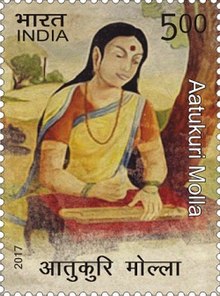
Complied by London Swaminathan
Post No.7445
Date uploaded in London – 11 January 2020
Contact – swami_48@yahoo.com
Pictures are taken from various sources for spreading knowledge; this is a non- commercial blog.
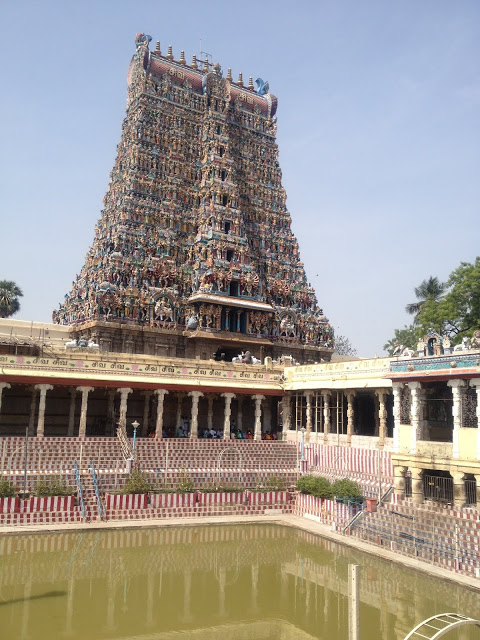
Art and literature in South India attained fulness and freedom of expression in the Vijayanagara epoch.
Gangadevi was the queen of Kumara Kampanna who conquered Shambuvaraya and Sultan of Madurai in 1361 CE, and brought thereby the whole of Tamil country as far as Rameswaram under Vijayanagar Empire.
Gangadevi was well educated and a talented woman and she accompanied her husband Kumara Kampanna to the South during his expeditions. She wrote a fine Sanskrit epic called the Mathura Vijayam describing the heroic deeds of her husband. In the eulogy on poets at the beginning of the book, she gives considerable prominence to the Sanskrit poets of the Telugu country such as Agastya, Gangadhara and Viswanatha, and the last of whom was her Guru/preceptor. Special interest is attached to the poet Tikkaya “whose poetry resembles the moonlight, drunk with avidity by thirsty poets like chakora birds”. This Tikkaya is none other than the famous Tikkana Somayaji, the author of fifteen out of the eighteen parvans/books of the Telugu Mahabharata . it is obvious that Gangadevi, the pupil of Viswanatha and an admirer of Tikkana Somayaji’s poetry is a Telugu princess.
The Mathura Vijayam is a historical epic , which describes Kampannas’s victories in the Tamil country. Its value as a source book of early history Vijayanagara history cannot easily be overestimated. As a poetess Gangadevi takes a high rank; she is perhaps the greatest of women writers of South India who chose Sanskrit as the vehicle of expression. The appraisement of her work by editors may be quoted here with advantage –
“The work is in the form of a classical Kavya , conforming to the rules laid down in the treatises on poetics and containing the usual lengthy of the seasons , the twilight, the rising of the moon and other necessary topics. The authoress writes in the Vaidharbi style , and her thoughts which flow with ease and simplicity , are clothed in diction at once beautiful and charming. Her similes are grand and drawn direct from nature, with none of the conventional pedantry of grammar or rhetoric which so largely spoils the productions of later-day poets. she has adopted certain scenes and descriptions which are favourite with Kalidasa, but they are transformed at the mint of her imagination and invested with new significance.
Xxx
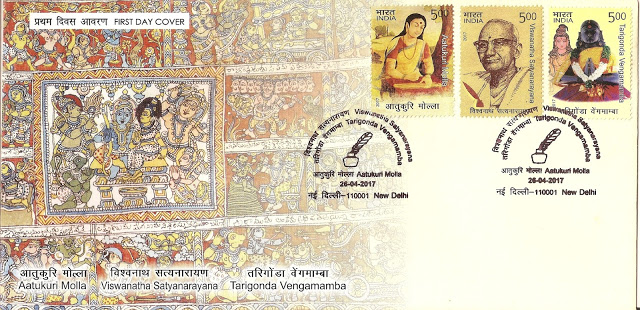
POTTER’S DAUGHTER MOLLA
Unlike Gangadevi, Molla (1440-1530 CE) was not a lady of royal rank. She was of humble origin, being the daughter of Keshava Shetti, a potter of Gopavaram , a few miles to the north of Nellore on the bank of river Pennai. Molla is the earliest and perhaps the greatest of the Telugu poetesses. Though her date is not definitely known, it is not at all unlikely she flourished in the palmy days of Emperor Krishnadevaraya or a little earlier. In the eulogy on poets of her Ramayanam she refers to the famous poet Shrinatha , who lived in the closing years of fourteenth century or later. Nothing is known about her personal life except that she wrote Ramayanam.
Molla’s Ramayanam, though small in size , is a poem of considerable poetic excellence and literary merit. Until recently it used to be studied as a text book in village schools, where boys were taught to learn it by heart. Molla is a vigorous writer. Though simple, her style is dignified and her verse easy flowing and forcible. She is at her best in Sundara Kandam; the brief pen picture of Ravana , Hanuman ads Sita are unsurpassed in the whole range of Telugu literature. It is not known whether Molla wrote any other work; but her Ramayanam is enough to secure for her an abiding place in the galaxy of the immortals who enriched the Telugu language and literature.
(Note- Wikipedia has latest information from research scholars)
Source book
Great women of India, Advaita Ashrama,
Mayavati, Almora , Himalayas , 1953
—SUBHAM–
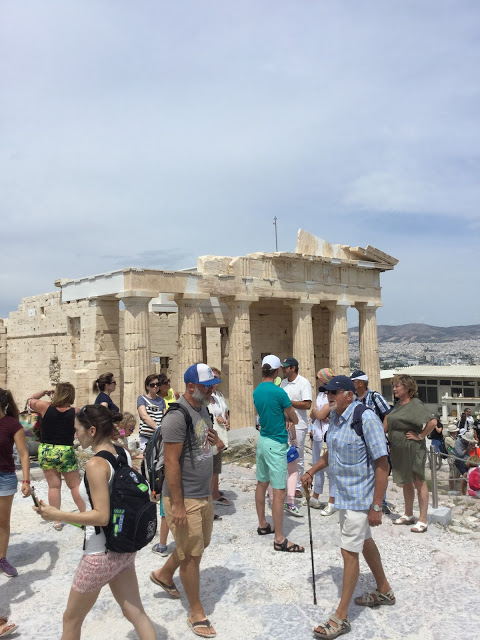
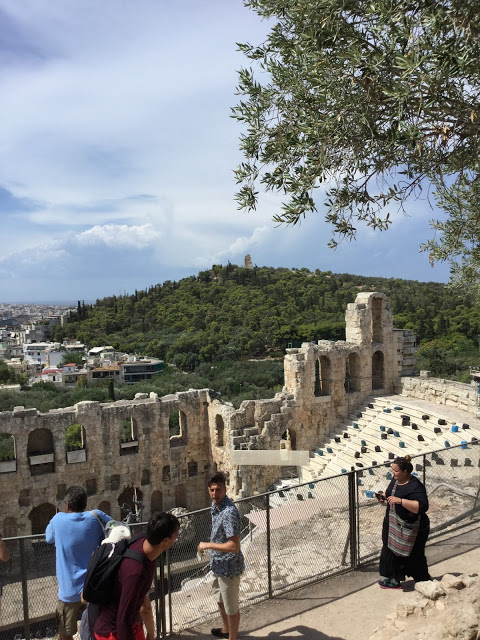
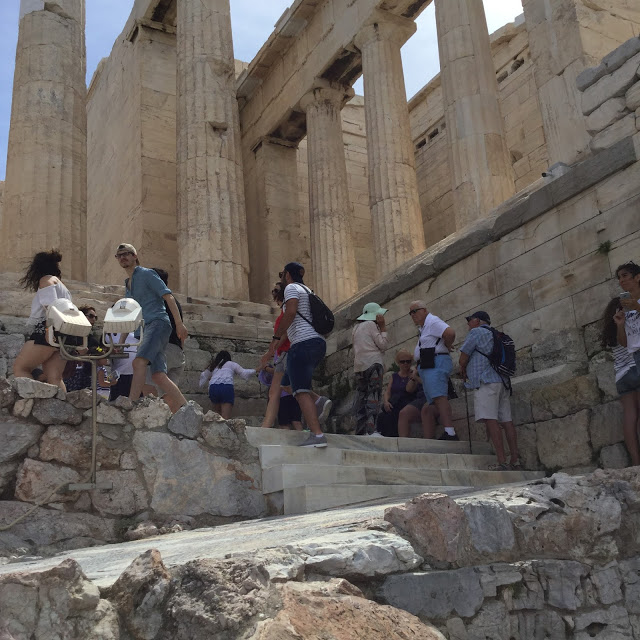
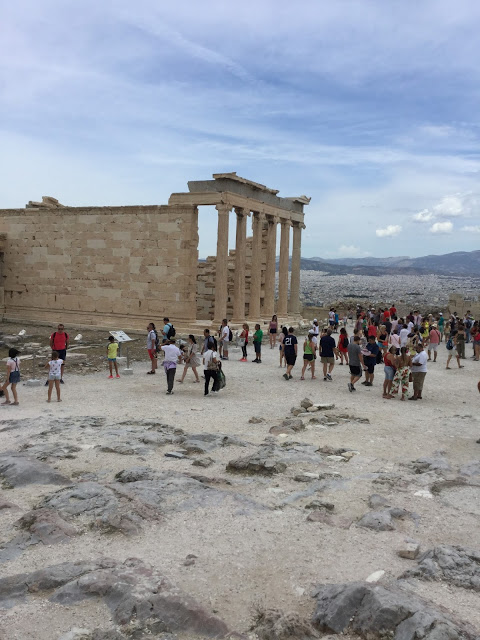
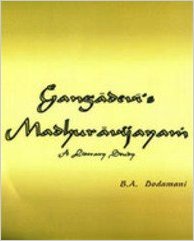


You must be logged in to post a comment.